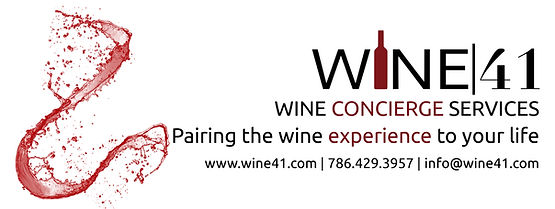Ernesto Ferriol A SEER UNDER THE SKY OF AMIDA curated by Camila Luna

OPENING: Friday, Feb 7, 2020
6:00PM-11PM
A SEER UNDER THE SKY OF AMIDA
Ernesto Ferriol
by Camila Luna
Im·mi·grate
verb
To live permanently in a foreign country.
Art is proof of humanities’ potential for brilliance, confirmation of our budding capability to awe, inspire, move, and transcend. Art makes society, therefor society is influenced by artists. Artists pull inspiration from their lives, the world around them, therefor an artist’s work is an extension of his life, personal life experiences are a reflected within their works. It can be argued that the evolution of artistic style, figures, mediums, experiments within artistic movements are a culmination of intimate moments within the lives of every artist. Many artists have an innate ability to see beyond their generation and understand societal problems within their respective contemporary times. Creating innovative, controversial works that are later on accepted as master pieces. This ability to pinpoint and discuss controversial issues make art a tool in influencing society and causing ripples of change. In many ways’ art and by default artists simultaneously document their lives along with the society they live in while influencing future generations. What inspires and influences them in turn is the world around them and the feelings they experience as they live their lives. The human condition is not a tangible thing, neither are the feelings evoked when looking at a work of art.
An artist’s ability to inspire and document lies in his or her ability to observe, process, categorize, and express his or her views on the world they experience. Immigrating and assimilating into a new environment is one of the many psychologically altering conditions that are as much of a tool as oil and canvas when creating a work of art. Not only an influence for the artist but also a ripple of influence within societal norms, views, and perspectives. The works of art oftentimes become a commentary on life, society, and political situations among others.
A picture of Ernesto Ferriol would be incomplete without taking account of the experiences he accumulated immigrating from Cuba to Japan. During this time or Leading up to the journey, he encountered Japanese works depicting scenes from history, folk tales, travel scenes, landscapes, flora, fauna, and erotica known as Ukiyo-e. Within the Ukiyo-e there is a subsection known as Shunga; meaning picture of spring in which spring is a euphemism for sex. Ferriol notices the commentary on life that the Japanese are engaging within their drawings, particularly the Shunga. This is where the melting pot of cultures within the works of one artist begin. His work becomes a blend of both cultures culminating in what the artists refers to as a “Tropical Shunga.” Recontextualizing a “dirty” urban realism that goes beyond a body’s sensuality trying to capture what is fleeting. From there a remembrance is created, a construction from one reality, the Cuban, from a culturally opposite one, the Japanese. Ferriol’s watercolors do not follow a linear narration because he leans on contemporary Cuban literature, his memories, news, and the internet, creating a fragmented perception resulting in his works. He presents both the beautiful and the grotesque within the same plane. Both are revealed with the same relevance, embellishing both and causing a confusing effect to the audience at first glance, as it often happens within everyday life.











Reception cocktail provided by WINE 41
Sponsored in part by the State of Florida, Department of State, Division of Cultural Affairs and the Florida Council on Arts and Culture.
